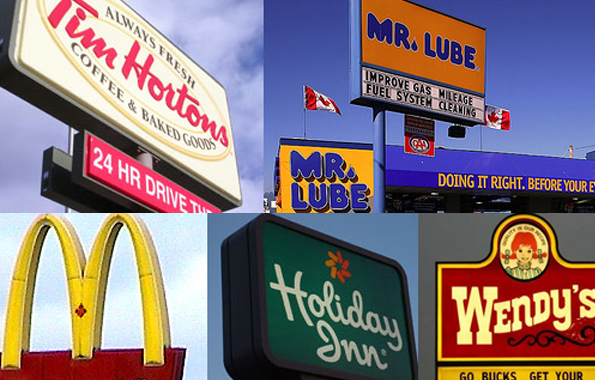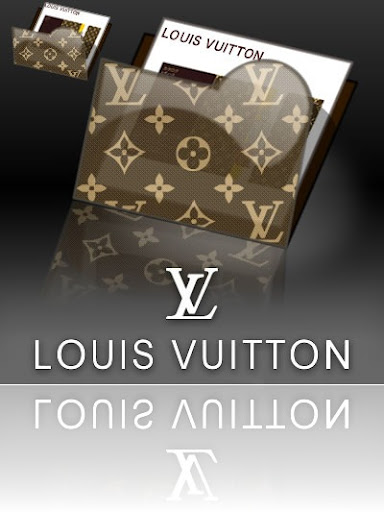
Despite the global recession and the economic uncertainty in India, the franchising industry grew promisingly at 20 per cent.
The industry saw some changes in franchise-franchisor relations and the franchising process during this period.
A change was also seen in the categories franchisers preferred to do business. Categories such as education, quick service restaurants and services retail (salons, fitness centres and so on) were preferred. Some brands such as KidZee, Adidas, Raymonds and McDonald’s have franchised 100 per cent of their stores.
Franchising models have also changed because of the economic conditions. Sales responsibility is being shifted to the franchisees, with minimum guarantees being replaced by sales incentives.
On the part of retailers and brands, franchising has posed to be a profitable venture because of the promised return on the capital invested, and at the same time, lower costs on monitoring and running the store.



